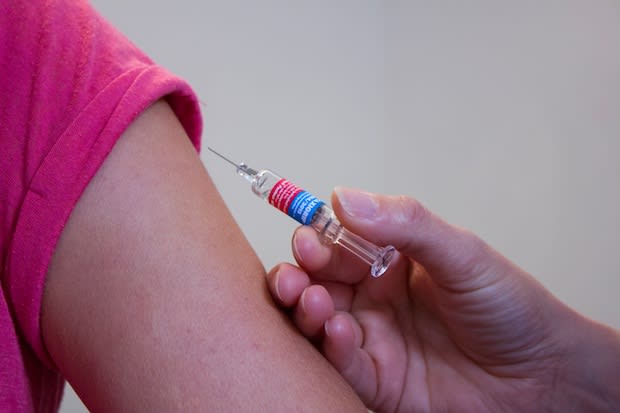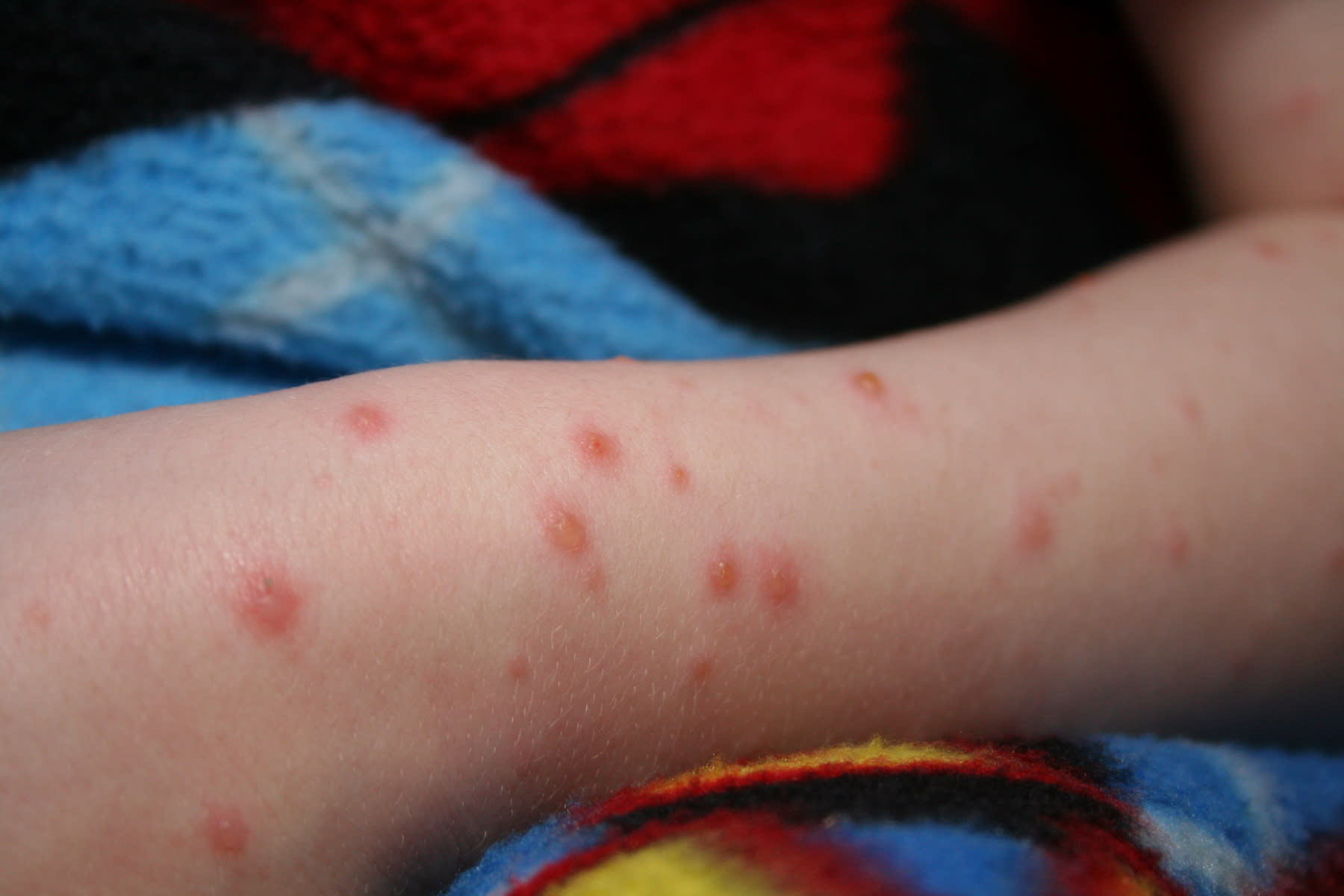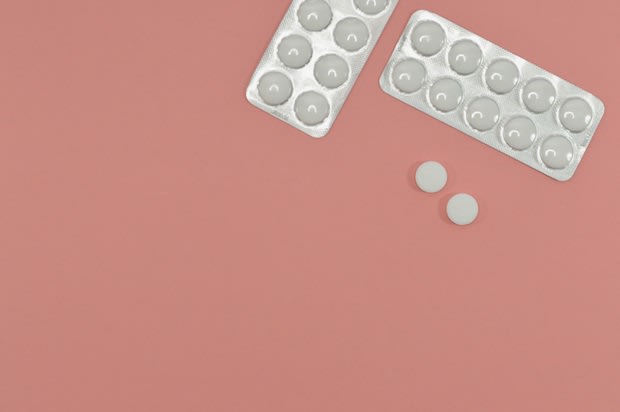Table of Contents
IV. How is Chickenpox Treated?
Overview
Chickenpox is an incredibly common condition. Around 95 percent of adults in the United States today had chickenpox during their childhood or adolescence. The rate of infection is much lower now, due to a vaccine that was approved in 1995. Although this vaccine is available, chickenpox is still one of the most common childhood illnesses. [1]
Although chickenpox most commonly occurs during childhood, it can affect people of any age. The condition can be very serious, especially when contracted by babies, adults, pregnant women, and those with a weakened immune system. [2] It is very rare to have chickenpox more than once during your life. Catching the disease during childhood can prevent developing the infection later in life, which may lead to more serious complications.
While the vaccine is very effective, it is still possible to catch the infection. This is known as breakthrough chickenpox. Typically, the symptoms of breakthrough chickenpox are milder and the infection lasts for a shorter time. [3]
Chickenpox is a highly contagious viral disease that is caused by the varicella-zoster virus. Once chickenpox has subsided, the virus remains in your body. This is the same virus that causes shingles. Shingles may occur many years later if the virus re-activates. Keep reading to learn more about chickenpox, including the symptoms, causes, and how it can be treated using Zovirax (acyclovir) or Valtrex (valacyclovir). The most common and well-known symptom of chickenpox is a rash that turns into an itchy blister. These blisters scab over in the final phase of the infection. These are the classic signs of chickenpox, but several symptoms appear before anything is visible on the skin. Early symptoms include: These symptoms are common in many forms of infections and typically appear one to two days before the first rashes develop. Chickenpox is highly contagious and you can start to spread the virus to others up to 48 hours before your first rash appears. [4] Once the classic rash develops, it will go through three stages before you can recover. Not all of the rashes will be in the same stage at the same time. New rashes will continually develop and appear throughout the time of infection. Stage One: The first stage of the rash involves flat red and pink spots that become raised bumps all over your body. In severe cases, rashes may form in the throat, eyes, anus, urethra, and vagina. These bumps are known as papules and may break out across several days. Stage Two: These bumps develop into blisters (or vesicles), which are filled with fluid. These blisters typically form in a single day before breaking and leaking. Stage Three: In this stage, blisters become crusty scabs and start to heal. You are still contagious until every blister on your body has scabbed over. These scabs will eventually fall off. It can take between seven and 14 days before all signs of your scabs have disappeared. [5] As mentioned, chickenpox is caused by the varicella-zoster virus (VZV) and is highly contagious to anyone that has not been vaccinated or had the virus previously. A common mode of transmission is through physical contact with the fluid that leaks from any of the blisters. VZV can also spread through air droplets caused by saliva, coughing, and sneezing. Women that contract chickenpox while pregnant can pass it to the baby before birth. Because chickenpox is highly contagious, anyone with the condition should isolate themselves and avoid going to school, work, or social gatherings. This isolation should begin as soon as you identify the infection or when rashes appear. You should stay isolated until all of the blisters have scabbed over and fallen off. [6] Chickenpox does not develop suddenly after exposure to the virus. Typically, it takes between two and three weeks before symptoms appear. If you or your child is exposed to the virus, you should carefully watch for potential symptoms. This can help reduce the risk of spreading it to others. [6] Often, medical treatment is not required for chickenpox. If your symptoms are moderate or severe, then your doctor may prescribe antihistamines to relieve or reduce the itching of rashes. While chickenpox itself doesn’t usually require treatment, it can lead to several complications. Complications of chickenpox include: If your doctor feels that you have a high risk of developing complications, then you may be prescribed antiviral drugs. Common prescription medications include Zovirax (acyclovir) and Valtrex (valacyclovir). These medications work to reduce the severity of the viral infection and speed up recovery. The content in this article is intended for informational purposes only. This website does not provide medical advice. In all circumstances, you should always seek the advice of your physician and/or other qualified health professionals(s) for drug, medical condition, or treatment advice. The content provided on this website is not a substitute for professional medical advice, diagnosis, or treatment.
Symptoms of Chickenpox

What Causes Chickenpox?
How is Chickenpox Treated?

